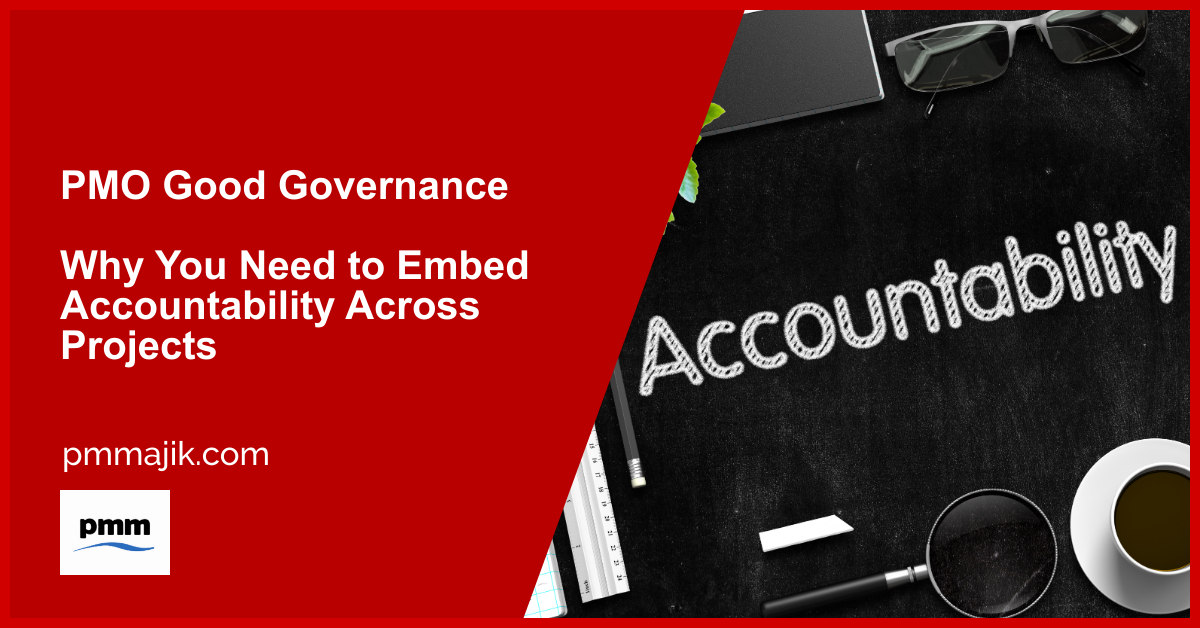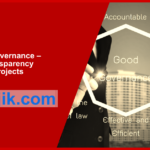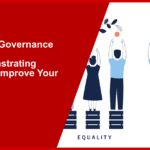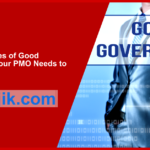Good governance should be a principle that underpins your project management office (PMO). When working to improve how your office and your projects are governed, you need people to be accountable, so we’re going to look at why you need to embed accountability across your PMO.
Being able to hold people and departments to account for their decisions and actions ensures that people perform to the best of their abilities. The benefits of accountability are broad, and there are a range of ways to improve it across your projects.
Here, we’re going to explore:
- How improved accountability can improve your projects
- What you can do to improve accountability in your projects
- Real-world examples of what improved accountability can look like
Why does a PMO need to embed accountability?
Accountability makes sure that there is someone responsible for the actions and results in a project. When PMO accountability is done right, you will ensure:
- Trust
- Integrity
- Effective performance
A key element of accountability is a transparent decision-making process. When those making decisions for a project need to document the reasoning behind their actions, it can be easier to see where an error was made or how to repeat a good decision for other projects.
It’s also important that everyone within a project has goals and targets that they can be monitored against. When people know what they should be doing and what they need to achieve, you can make sure that every project task has a responsible person.
Resource management is also improved when you have strong accountability in projects. Being transparent with who is making resourcing decisions and how they are doing it makes sure that money is spent correctly and skills are allocated fairly and equitably.
How can a PMO improve project accountability for good governance?
If you’re setting up a new PMO, you’ll want to embed accountability, along with other good governance processes, from the beginning. An existing PMO that needs a boost to its governance procedures should also work to build in these accountability structures.
- Set KPIs for people – everyone in a project, from the project manager to the people implementing the activity, should have KPIs to measure them against. This means they will know whether they are doing what is expected and have targets to be held accountable against. KPIs such as budget compliance, delivering tasks to deadlines, and stakeholder satisfaction should help keep a project on-track and its people accountable.
- Document decisions – your PMO should have the processes and frameworks in place for each project, and a part of that should include documents of project decisions. This document should include the decision-making context, criteria, the process followed, the alternatives considered, any stakeholder input, and the final rationale. Having this laid out and recorded will ensure a clear process is followed each time.
- Project status reporting – It’s important that projects regularly report on their progress and their KPIs to your PMO. This allows you to spot any issues before they become major risks and also helps identify who is accountable for things going wrong early on. The cadence of reporting will depend on the project’s overall timescale, but it should include an update on the budget, schedule, risks, resources being used, milestones delivered, any changes made, and the next steps.
- Project completion review – At the end of each project, you need to make sure that your PMO conducts a review of everything that went right and that went wrong. During the review, you will be able to identify the people who led to the positive and negative outcomes and hold them accountable. Look at the performance against budget and timeline, how risk was managed and mitigated, whether compliance and governance requirements were met, and how satisfied stakeholders were. Track the people who contributed to each factor and provide feedback after each review.
Embedding accountability in projects
When you have strong accountability throughout a project, governance will improve because people know they will be asked about their actions during the project execution. Using these four actions, you can be sure to hold people and teams to account from the beginning all the way to the close of the project.






